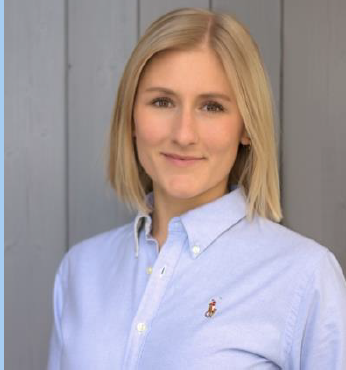
Using textiles and pipettes for new organs
Warp knitted spacer fabrics as the base structure for 3-dimensional cell culture Learn more3D textiles offer numerous advantages over their 2-dimensional counterparts, paving the way for applications in a wide range of industries, such as the automotive and construction sectors. Applications in medical technology are also being researched and expanded with growing interest, especially at the Institute for Textile Technology (ITA) at RWTH Aachen University. The Medical Textiles division of the renowned research institution primarily works with warp knitted 3D textiles, so-called spacer fabrics. Tissue engineering is one particular focus of the spacer fabric projects; it combines medicine and technology to produce artificial tissue implants or organ-like structures called organ modules. 1
This article is about:
People related to this article:
Read More From My Textile News
Get free access to all articles, numerous specials and interviews. Register for free
You already have an account?
Log in here
Registernow for free to get access to more interesting content

Next generation bio-derived LYCRA® fiber
Register now
Sustainability and digitization are and remain trumps
Register now
